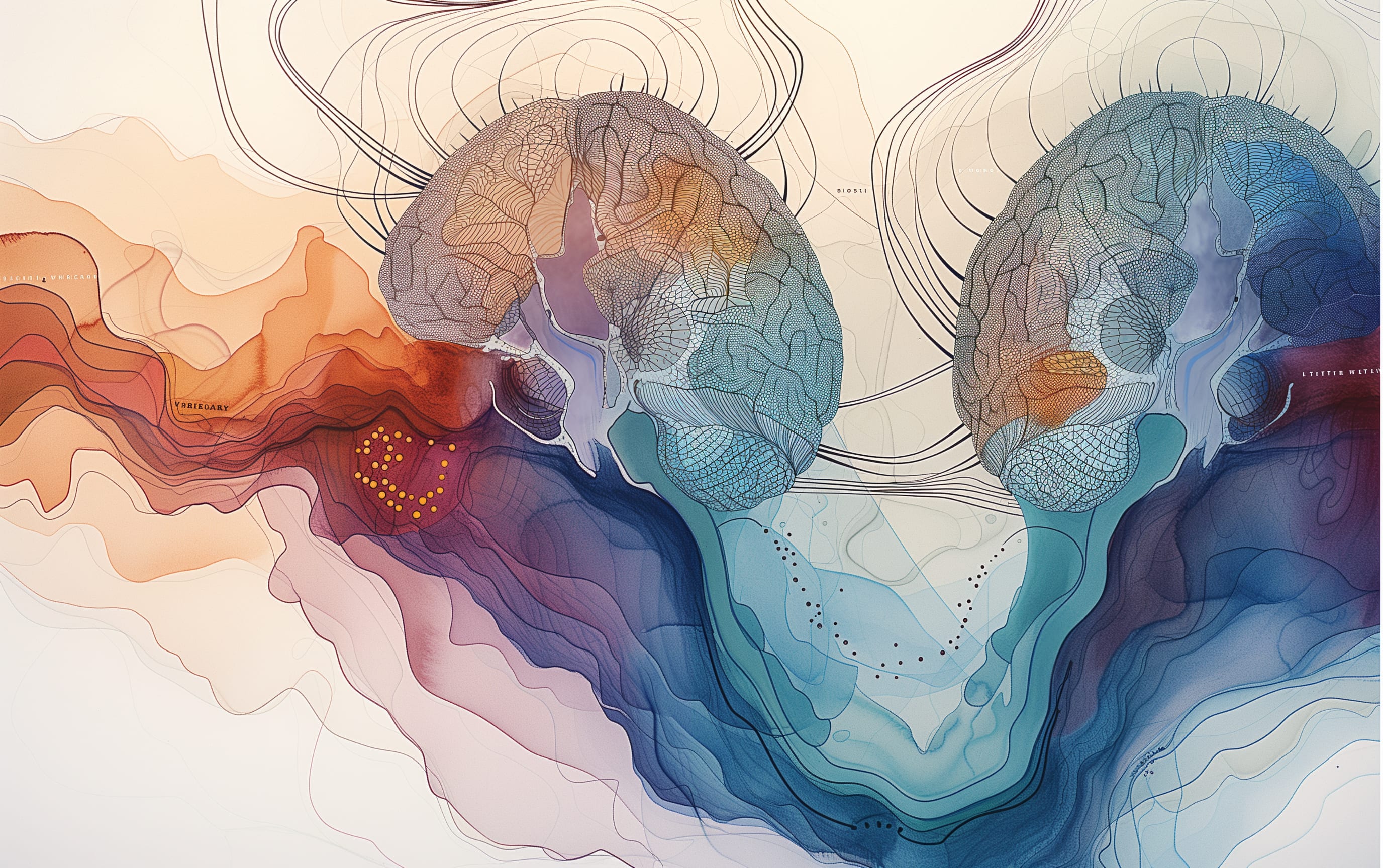ARC has published a report on Eliciting Latent Knowledge, an open problem which we believe is central to alignment. We think reading this report is the clearest way to understand what problems we are working on, how they fit into our plan for solving alignment in the worst case, and our research methodology.
The core difficulty we discuss is learning how to map between an AI’s model of the world and a human’s model. This is closely related to ontology identification (and other similar statements). Our main contribution is to present many possible approaches to the problem and a more precise discussion of why it seems to be difficult and important.
The report is available here as a google document. If you're excited about this research, we're hiring!
Q&A
We're particularly excited about answering questions posted here throughout December. We welcome any questions no matter how basic or confused; we would love to help people understand what research we’re doing and how we evaluate progress in enough detail that they could start to do it themselves.
Thanks to María Gutiérrez-Rojas for the illustrations in this piece (the good ones, blame us for the ugly diagrams). Thanks to Buck Shlegeris, Jon Uesato, Carl Shulman, and especially Holden Karnofsky for helpful discussions and comments.

Ah ok, thank you. Now I get it. I was confused by (i) "Imagine the reporter could do perfect inference" and (ii) "the reporter could simply do the best inference it can in the human Bayes net (given its predicted video)".
(i) I thought of this as that the reporter alone can do it, but what is actually meant is that with the use of the predictor model it can do it.
(ii) Somehow I thought that "given its predicted video" is the important modification here, where in fact the only change is to go from that the reporter can do perfect inference, to that it does the best inference that it can.